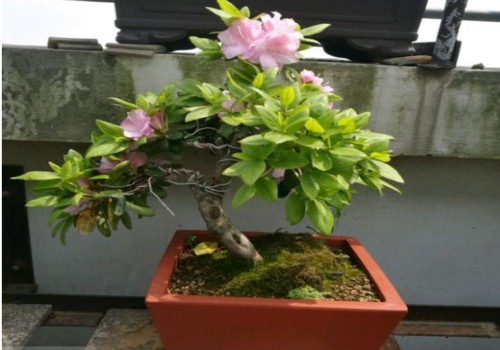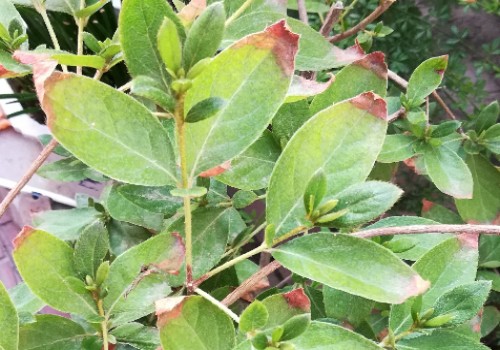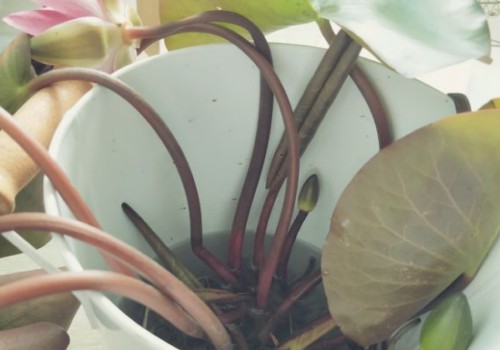Understand the habits of plants what is the reason why cuckoos do not blossom or blossom less? how to deal with it?
Potted rhododendron is not easy to feed for many potted friends, let alone raise it well. To make it bloom as scheduled, we may make more efforts than other potted flowers and plants. There is no doubt that rhododendrons are more ornamental when they bloom, but sometimes we may encounter situations where cuckoos do not blossom or blossom less, or are of low quality. So what is the reason why cuckoos do not blossom or blossom less? What are we going to do with it?

In order to find out the reason, we have to check the cuckoo's growth habits one by one with the provided growth environment and conservation methods, so as to find out the crux of the problem. Then take the correct response and disposal measures in time according to the reasons, so as to improve the current situation and let the cuckoo achieve the flowering effect we need. Today, the editor will come to discuss with you the reasons why potted cuckoos do not blossom or blossom less and how to deal with them.
1. Temperature discomfort
The flower buds and leaf buds of rhododendron are extracted respectively under different temperature environments. generally, the temperature during flower bud differentiation is relatively low, while the temperature requirement for leaf buds is relatively high. If the temperature is too high during flower bud differentiation, a large number of leaf buds may appear, and nutrients will naturally be mainly provided to leaf buds. In the case of high temperature and insufficient nutrients, it is difficult to differentiate flower buds.
For this reason, many potted people like to move cuckoos to indoor maintenance in winter, but they must pay attention to controlling the temperature, especially during flower bud differentiation, so as to keep the temperature stable at about 10 °C as far as possible to promote flower bud differentiation. Or into the spring, if the leaf buds germinate too much, but also appropriate thinning buds to reduce nutrient consumption, prevent leaf buds from competing for the nutrients of flower buds, so as to ensure that flower buds can mature and develop.
2. Dry environment
Although the roots of azaleas are mostly fibrous roots and are not water-resistant, they are original, but they prefer a moist growing environment. Not only the humidity of the basin soil is appropriate, but also the relative humidity of the air should be satisfied. if we only focus on maintaining the humidity of the basin soil and ignore the air humidity, when the air is too dry, it will also affect the normal growth of the plant. Especially during the gestation period, the buds may dry up, shrink and fall off because the air humidity can not meet the requirements, and it will naturally fail to blossom smoothly in the later stage.
In order to solve the problem of environmental humidity, in addition to timely and appropriate amount of watering, it is also necessary to spray more water to the plant and the surrounding environment to improve air humidity. Especially during budding, it is recommended to water the plant once a day and spray it 2-3 times, including spraying water into the space around the plant. If we encounter rainy days, we can take the opportunity to collect some Rain Water for spare. Watering cuckoos with Rain Water, an acid-loving flower plant, is very conducive to its growth.
Third, too much fat and water
- Prev

Understanding the habits of plants what is the reason for the exhaustion of red leaf tips in Yingshan?
The ornamental value of red on the potted plant is very high, so it is deeply loved by the public, but those who have a little experience in planting and breeding often like to plant it as a family pot. As a matter of fact, Yingshanhong should master some routine skills in order to get there.
- Next

What is the reason for the wilting of water lilies? what are the techniques for understanding plants?
Water lily is a kind of aquatic flowering plant that can be raised in a pot. because of its high ornamental value and wild interest, many potted friends like to keep a pot at home for appreciation. Under the condition of suitable growth environment and proper maintenance and management, water lilies generally remain exuberant.
Related
- What if the leaves of potted flowers turn yellow?
- Florescence Control of several Flowers
- Anti-freezing technology and post-freezing nursing technology of flowers
- What is the classification of flowers? What are the common methods of flower classification?
- Prevention and control of alkali and acid damage of flowers in courtyard
- Technology of Anti-freezing and restoring growth of Flower seedlings in greenhouse and greenhouse
- How does flower fertilization not hurt the root? Fertilization technology of flowers
- Key points of disinfection in flower greenhouse
- Several pesticides that are banned or used cautiously in flowers
- How to fertilize the flowers that watch the leaves?

